To discourage migration, the Obama and Trump administrations deported hundreds of thousands of Central Americans during the last decade. But little was known about what happens to deportees. Eighteen months ago, we decided to find out. We interviewed 1,357 deportees as they entered Guatemala and followed up with 340 of them over subsequent months. Our data provide unique and systematic information about the forces driving migration in Central America—factors that the Biden administration should heed as it reformulates policy.
Our results are cataloged in this report. Here are the main findings:
1. The lack of economic opportunity in Guatemala provides powerful incentives for cyclical migration to the US.
The current surge at the border is a blip in a long-term cycle. As has been true for decades, most who migrate do so for economic reasons. Many migrants work in the United States for a few years and return home several times during their lives. Forty-one percent of deportees in our survey have migrated more than once to the U.S.
This cyclical migration is the result of enormous differences in the economic opportunities available in rural Guatemala and the U.S. The vast majority of our respondents say that their trip to the U.S. was motivated by the quest for work. Rural Guatemala offers few opportunities; more than 50 percent of deportees remained unemployed three to six months after arrival. Respondents mention myriad obstacles to finding work, including the lack of jobs, difficulty translating skills developed in the U.S. to local labor markets, and social stigma against deportees. COVID-19 might have slowed economic migration, but, as restrictions are lifted, a recovering U.S. economy and slow vaccination in Guatemala make the U.S. more attractive again.
2. Most migrants are productive members of US communities, and aggressive enforcement hurts law-abiding families.
Almost all the migrants who made it into the U.S. worked; just 1.5 percent of respondents reported no work experience in the U.S. Eighty-one percent of our respondents have family in the U.S., and 31 percent of those deported from U.S. communities left kids here. After the quest for work, the desire to reunite with families is the most common reason given by deportees for intending to remigrate.
Interviews with organizations that work with immigrants in North Carolina also point to the fear immigrants face when interacting with government authorities. This fear of deportation leads to the underreporting of domestic violence and the endurance of unfair health and labor practices, and crackdowns by U.S. Immigration and Customs Enforcement are associated with everything from low birth weights to reduced health access.
3. Poor governance in Guatemala contributes to migration, and the US can help.
Poor governance is apparent moments after deportees arrive at the airport. Most deportees arrive with little money and are not actually from Guatemala City, but there are few basic services available. The government provides neither housing, transportation, nor help in finding work. Some churches and nongovernmental organizations offer food and phone calls, but they compete with cab drivers and gang recruiters for deportees as they leave the airport.
A survey experiment to understand the factors impacting where deportees go when they leave the airport shows that fear of gangs and harassment by the police play a big role. These fears are borne out by experience in subsequent months. In follow-up interviews, about 60 percent of deportees end up in places with considerable gang activity, and an even higher share report regular police harassment.
It is hard to improve governance in any developing country, but there is evidence that the U.S. can help. Some programs at the U.S. Agency for International Development have shown promising results. And the U.S. State Department’s Model Police Precinct (MPP) project in Guatemala has demonstrated how coordination between central and local governments, police training, and combined patrols lead to safer communities. During the MPP, national homicide rates dropped by nearly half.
These programs point to the main ingredients of successful governance programs: First, rely on local stakeholders to identify key problems and solutions; solutions imported from Washington won’t work. Second, programs have to be built for the long haul; without long-term planning, shifts in leadership can lead to the dismantling of even successful interventions begun by previous administrations. Third, programs need to have a solid evidentiary basis; that is, they should reflect the growing body of evidence and they should be subject to rigorous evaluation.
4. Despite the costs and dangers of migration, many deportees intend to return to the US.
Fourteen percent of our sample report having been assaulted or held against their will, and 17 percent were extorted to pay higher smuggling fees. Migrating is also expensive, as migrants typically pay thousands of dollars for coyotes to help them traverse Mexico and the border. But despite these costs and dangers, 37 percent of deportees expressed a desire to return to the U.S. within a year, while another 41 percent were undecided. Thus, deportees intend to (re)migrate at a much higher rate than a typical Guatemalan.
In a separate survey of over 18,000 Guatemalans, we find only about 13 percent of respondents intended to migrate to the U.S. Again, economic factors loom large. Thirty-six percent of deportees identified work as the main reason they would migrate again, and another 30 percent cited the need to earn money in the U.S. to repay debts.
To better understand decisions to re-migrate, we deployed a survey experiment in which our respondents were presented hypothetical scenarios under which they might migrate. Beyond the importance of economic factors, we found that fear of physical harm in both Guatemala and the U.S.—but especially in the U.S.—appears to most influence the calculations. In other words, the desire to avoid harm either abroad or at home looms large in decisions to remigrate.
Deportation is not a solution
Our data shows that deportation is not a solution to pressures on the U.S. southern border. It does nothing to address the issues that catalyze migration in the first place. The stark gap in opportunities between sending and receiving communities will continue to drive migration even if policy is punitive and imposes huge risks and penalties. Conversely, a liberal policy that invites migration will indeed yield enormous numbers of migrants from Northern Triangle countries (El Salvador, Guatemala, and Honduras).
Our overarching message is that the forces driving migration are strong and structural and require policy changes on both sides of the border. We recommend that the reforms have three ingredients:
- The U.S. should normalize the legal status of undocumented migrants currently in the U.S. This normalization should accompany humane, legal pathways for employment in sectors critical to the U.S. economy.
- The U.S. should become an ally of civil society in the Northern Triangle in its fight against corruption. In the case of Guatemala, the U.S. should do what it can to support justice reform and protect those preserving the legacy of the International Commission Against Impunity in Guatemala. The focus of the special envoy to the Northern Triangle on governance as a root challenge is a step in the right direction.
- U.S. policy should promote economic growth in Central America, including infrastructure to catalyze rural economies and policies to promote entrepreneurship in cities. Only when there is opportunity in home communities will the U.S. see a reduction in cycles of migration.
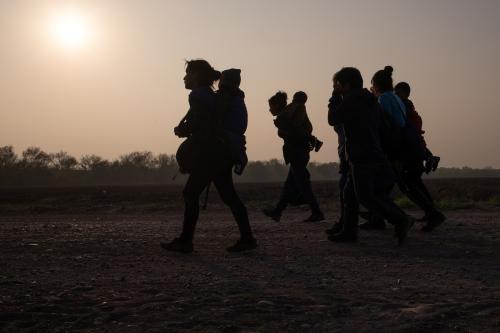
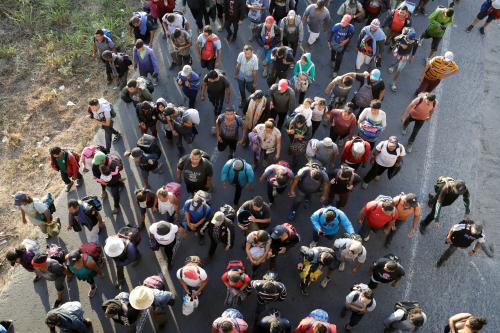
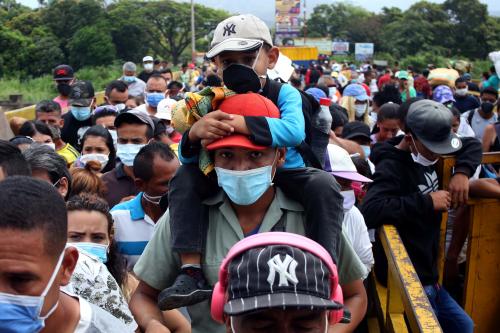

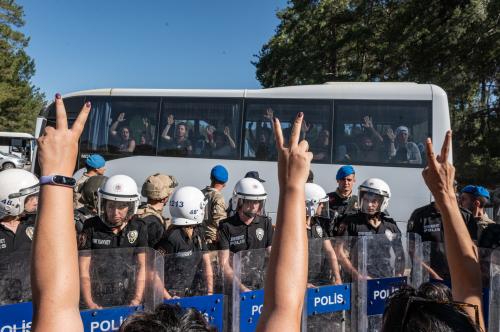
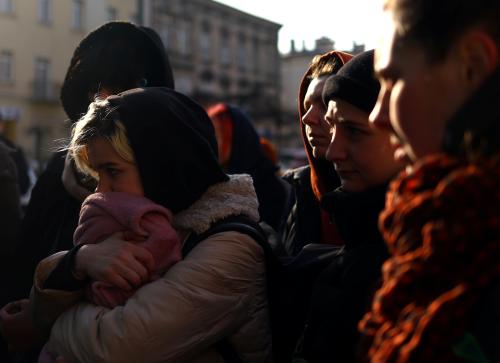
Commentary
4 things the Biden administration should pay attention to with the border crisis
April 2, 2021